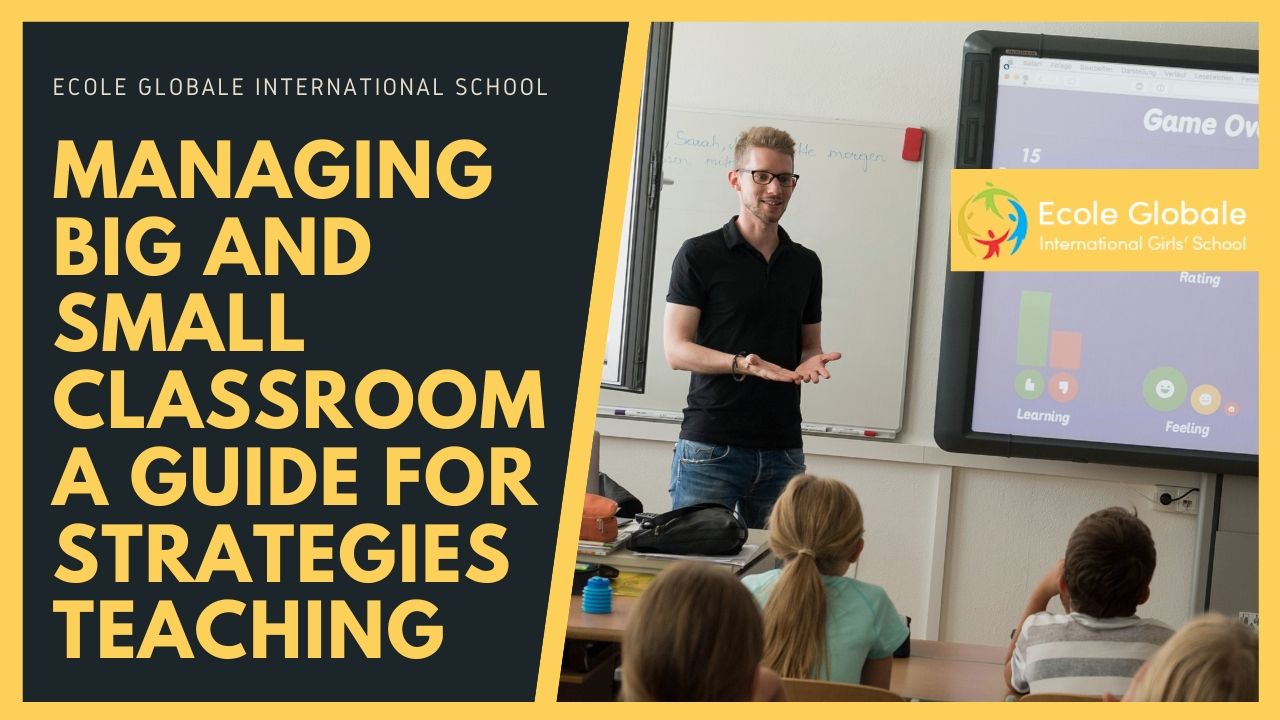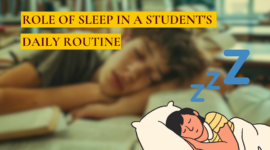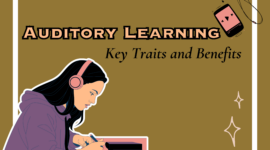Since the beginning of time, it is considered one of the noble professions, and even expert professionals need help or guidance to efficiently conduct a learning session. What is required to make a learning session more effective while, simultaneously, making it fun? As a teacher, you need to execute some approaches that would help in boosting the learning experience of the students. Children can be easily distracted, and at times, their distraction creates a distraction for the entire class as well. So keeping this in mind here are some basic principles to effectively manage the classroom that might come handy for better lesson planning or while conducting a class. The best city for education in India is Dehradun and the famous schools out there use the following planning techniques for the best outcome in teaching in the classroom.
Politely gaining attention:
Children, especially the pre-primary and primary wing, have an attention span of a sparrow. A teacher can use various techniques of gaining attention in the classroom like voice modulation, any interesting activity related to the subject, a storyline for the kids (this works mostly for primary and pre-primary classes), games, etc. to keep their interest peaked in the lesson that is going on. Even if they get distracted, one easy and best technique to regain their attention is to talk to another student about the subject and ask for their opinions on the same. This would start a group discussion, and all the students would be at least listening to what their friend has to say even if they don’t express their own view.
Separation for the disturbing elements:
Not all students find leaving the classroom insulting though; they are amused to do so to avoid the lesson that the teacher so painstakingly had planned. One good method to handle such nuisances is to separate the elements from each other and give them a work (respectively, that would require their full undivided attention). If the work given is of their interest then voila! You have the solution to the disturbance.
Practice changes:
A break in routine is always a welcomed change that helps in rewiring the system. A change of routine in the classroom would do the same trick as it does in our personal lives. Students would love to be involved when their excitement and interest is intrigued. An outdoor class is a classic example of this technique.
Handle the problems creatively:
Sometimes, the creativity that is used for other activities must be used for handling the problems as well. Like if a student refuses to settle down in the class, the teacher should come up with creative ways to gain his/her attention and involve him in following the teacher’s instructions. One creative way to bond and become friends with your students is to talk about their problems or their feelings. Dig up (if they are comfortable in sharing) what is troubling them and how the teacher could assist them in resolving the issue.
Updating the parents about the child:
No not a progress report but an update about the child that is positive in tone; through either a phone call or a letter or just a text. Such little gestures would help you bond better with the students and the parents as well as using methods for classroom learning to be more fun and worthy.
Appreciate the children:
Appreciation works wonders for everyone no matter their age and appreciating the children for their good deeds or talks or even simple gestures should always be appreciated. Sometimes the lessons get heavy on the brain and body and the teacher must acknowledge that the children’s bearing to such intensity was commendable. Even this little appreciation would send a positive vibe to the children. Any gesture of appreciation as little as a sweet treat would do wonders.
Never punish the whole class for one student’s mistake:
Not every student in your class would be a disturbance, or not everyone would always be obedient. There are ways to handle the situation, but it is never a good idea to punish the entire class for someone else’s disturbance. Each child is different, and so should be the teaching and handling approach.
Fabricate content-related yet related stories:
You would, as a teacher, always need strategies to gain and hold the students’ attention. Come up with ideas to spike their curiosity before the actual lesson plan so they would have fun in connecting the dots and have a smooth understanding of the concept.
Pardon is equally important:
To err is human and mistakes are the biggest part of a learning process (regardless of your age and grade). It is necessary to enforce boundaries in behavior and conduct in a classroom (fear of punishment is also important). Still, it is equally important that you tell your children and forgiveness is bliss. This would help them improve their general behavior and become a good person.
Give your students the decision making power:
If you want your students to be in awe of you, then you need to respect their decisions and to make them capable of making their own decisions is by (sometimes) letting them decide on things that matter in the classroom. Do they want to do a certain task at the time the teacher wants or they need a break, or they would rather do the experiment on their own, etc. Help them explore their abilities of decision making and do not worry about the mistakes (they are pardonable).









